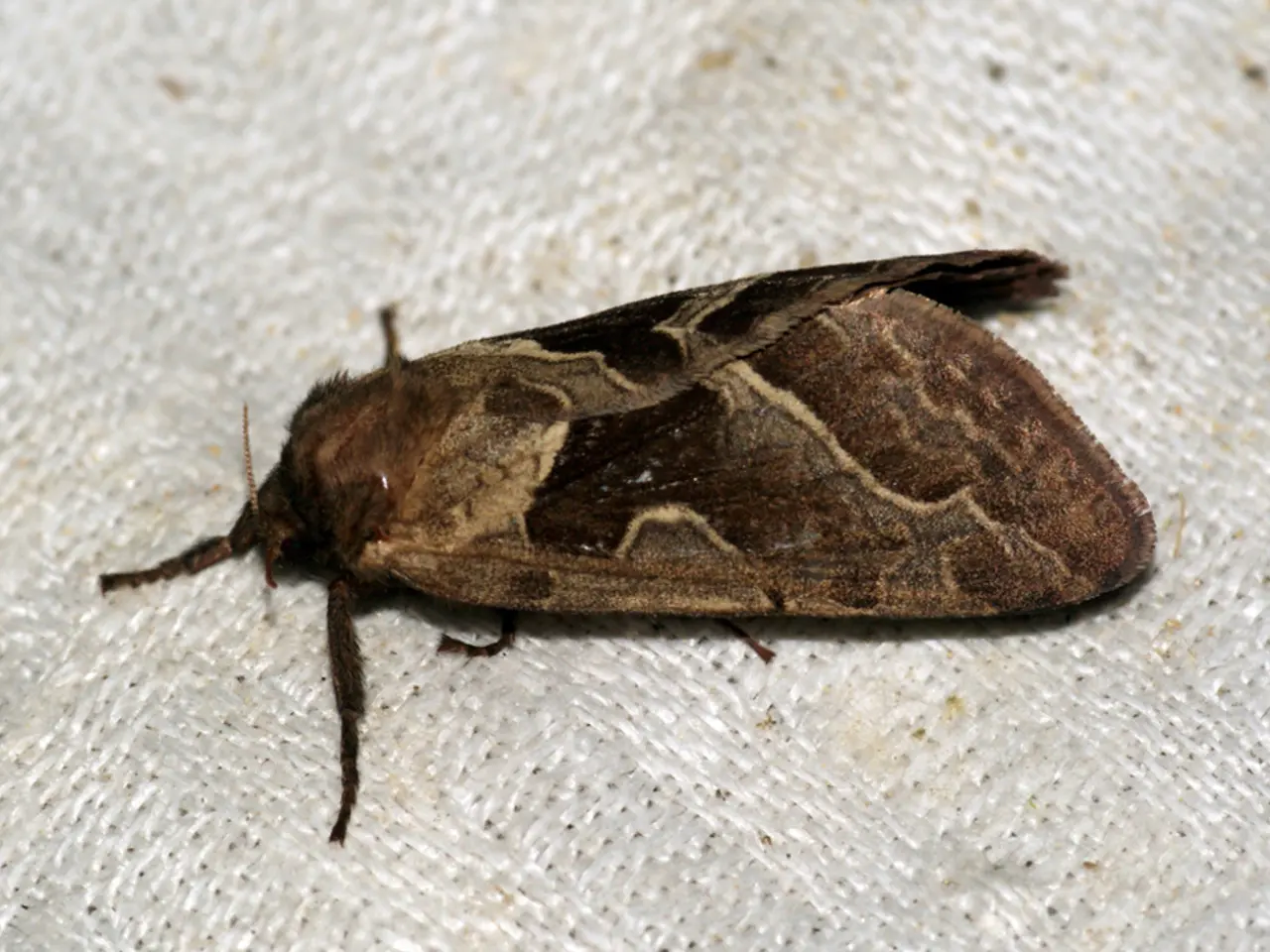Tick-Borne Ailments Comparison: Distinctions in Symptoms and Therapy for Lyme Disease and Others
In the realm of tick-borne illnesses, Lyme disease and Rocky Mountain Spotted Fever (RMSF) stand out as two distinct entities with unique symptoms, diagnostic approaches, and treatments. This article aims to shed light on these diseases and emphasise the importance of early recognition and timely treatment.
### Lyme Disease
Characterised by a "bull's-eye" rash known as erythema migrans, Lyme disease also presents with symptoms like fever, headache, and fatigue. In its early stages, these symptoms can be mild, but if left untreated, late-stage Lyme disease can lead to arthritis, neurological symptoms, and heart problems.
Diagnosis of Lyme disease is primarily based on clinical evaluation, with serological tests like ELISA and Western blot used to confirm the presence of antibodies against the causative bacterium, Borrelia burgdorferi, after the rash has appeared. Treatment typically involves antibiotics, with doxycycline being the most commonly used first line of treatment for both children and adults.
### Rocky Mountain Spotted Fever
Rocky Mountain Spotted Fever (RMSF) is caused by the bacteria Rickettsia rickettsii and is characterised by fever, headache, rash, nausea, vomiting, stomach pain, muscle pain, and lack of appetite. The rash, which appears as red splotches or pinpoint dots, typically appears late in the illness. If left untreated, RMSF can lead to severe complications such as amputations, hearing loss, and mental disabilities.
Diagnosis of RMSF involves clinical suspicion raised by symptoms and exposure history, confirmed by serological tests like the indirect fluorescent antibody test. Prompt initiation of antibiotics, particularly doxycycline, is crucial for preventing severe outcomes.
### Early Recognition and Timely Treatment Considerations
Both diseases require a history of tick bite or exposure to wooded or grassy areas for early suspicion. Lyme disease typically starts with a rash, while RMSF begins with fever and headache. Geographically, Lyme disease is common in northeastern and midwestern U.S. wooded areas, while RMSF is found across the U.S., but has a higher incidence in certain regions like the southwestern U.S. and northern Mexico.
Early diagnosis of Lyme disease often relies on clinical signs rather than lab tests alone. On the other hand, early symptoms of RMSF can be easily missed, as the rash may not appear until several days after the onset of fever.
Prevention strategies for both diseases include avoiding wooded areas, using EPA-approved insect repellents, wearing protective clothing, and checking frequently for ticks.
In conclusion, understanding the differences between Lyme disease and Rocky Mountain Spotted Fever is crucial for early recognition and timely treatment. If you develop a rash or have recently had a tick bite, it's essential to consult a healthcare professional, especially if you experience fever, chills, headache, muscle and joint pain, fatigue, and loss of energy. Prompt treatment can significantly reduce the risk of long-term complications.
- Maintaining a healthy-diet and adhering to a healthy lifestyle, including fitness-and-exercise and skin-care routines, can boost the body's resistance to such chronic-diseases as Lyme disease and Rocky Mountain Spotted Fever.
- In the realm of health-and-wellness, proper nutrition, especially one rich in vitamins and minerals, can aid in the prevention of tick-borne illnesses and support the body's overall health.
- The importance of mental-health care, as well as supplements that are beneficial for neurological-disorders, cannot be overlooked, especially as both Lyme disease and Rocky Mountain Spotted Fever can lead to neurological symptoms if left untreated.
- The rise in interest in CBD products for various health issues has extended to potential uses in managing symptoms of tick-borne illnesses, but more research is required to determine its efficacy and safety for this purpose.
- Skin-care products infused with natural ingredients, such as essential oils, may offer some protection against ticks and the diseases they carry, making them a beneficial addition to prevention strategies.
- In alignment with a comprehensive health-and-wellness approach, healthcare professionals should consider discussing the benefits of nutrition, fitness, mental-health care, and alternative therapies, such as CBD, with their patients to enhance overall well-being and resilience against tick-borne illnesses.




